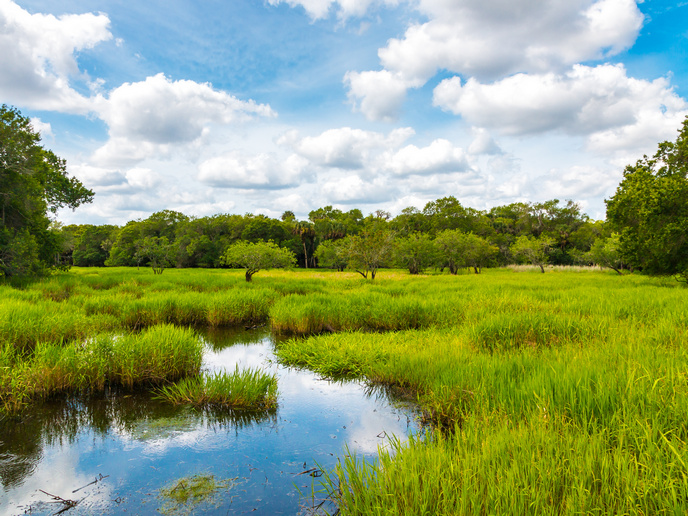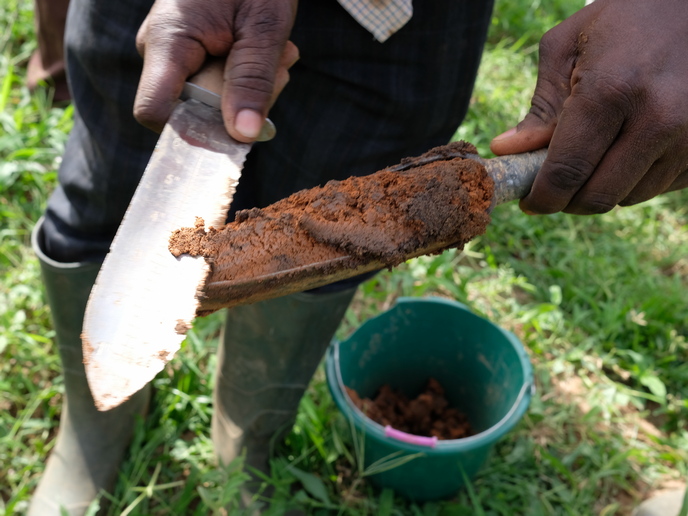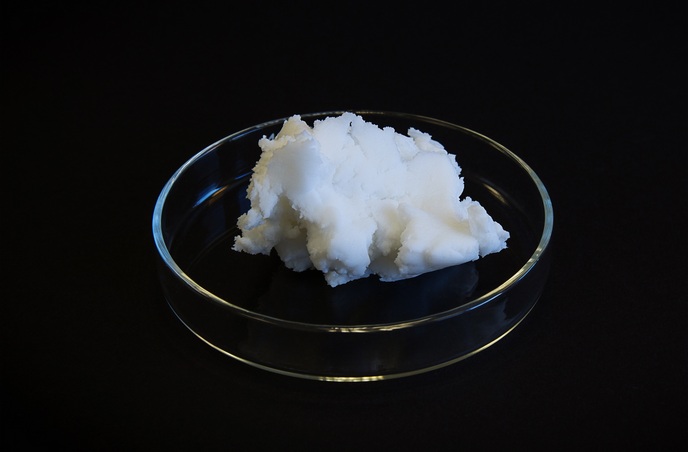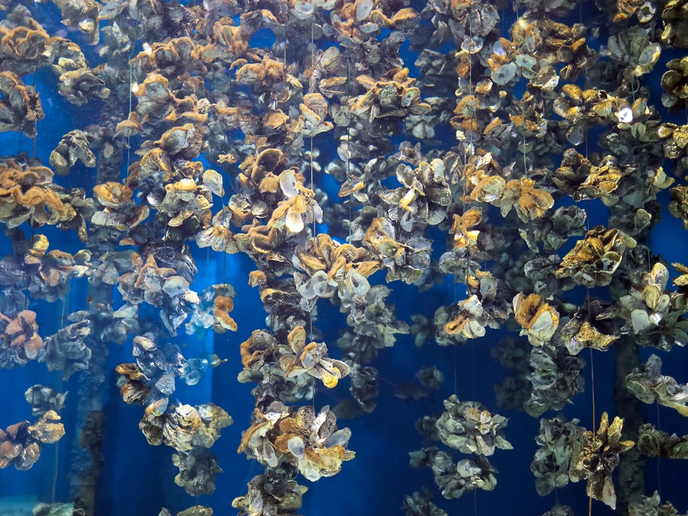Driving nature-based urban water treatment
Increasing urbanisation poses a range of challenges. These include water scarcity and water insecurity, human health issues, and the loss of ecosystem services such as clean water. “Over 70 % of the population in Europe currently lives in cities, and this number is expected to rise to over 80 % by 2050,” notes MULTISOURCE(opens in new window) project coordinator Jaime Nivala from the National Research Institute for Agriculture, Food and Environment(opens in new window) (INRAE) in France. “The collection, treatment and safe reuse of polluted water is essential for achieving sustainable water resource management.” There has been growing interest in enhanced natural treatment solutions for dealing with this challenge. Nature-based solutions include a wide range of treatment wetland technologies, as well as green roofs, green walls and rain gardens that remove contaminants such as nutrients, micropollutants, heavy metals and pathogens from polluted water.
Open-source tools for urban water planners
However, the planning, implementation and financing of such systems – at the scale required – remains problematic. The EU-funded MULTISOURCE project sought to tackle this through developing modular, open-source tools, to be integrated into a geographical information system (GIS) for urban water planners. These tools were designed to locate and select optimal nature-based solutions for water treatment and enhanced natural treatment systems, while taking account of environmental, economic and societal issues. The planning tools were co-designed by project partners with input from a cross-disciplinary international advisory board. Innovative financing approaches and community-based management strategies were also developed, along with policy-oriented recommendations for the safe reuse of water treated by urban nature-based treatment systems. Enhanced nature-based treatment systems were then demonstrated in seven countries (Belgium, France, Germany, Italy, Norway, Spain, United States) for the treatment and/or storage of various urban water streams. These included raw wastewater, pretreated wastewater, greywater, combined sewer overflow, road runoff and rainwater.
Targeted natural treatment systems
The project team successfully developed a set of modular planning tools to help stakeholders make decisions about how and where to invest in enhanced natural treatment systems on a city-regional scale. These tools help users to take account of issues such as site-specific sewer networks and topography, as well as societal acceptance. The tools have been made available via a dedicated platform(opens in new window). “We also developed a nature-based systems-focused decision support tool(opens in new window) (Nat4Wat) with a visual user interface,” says Nivala. “This helps users to choose appropriate technologies, take account of user-specific preferences and priorities, and provide an estimate of system size.” These developments were successfully piloted and demonstrated in various urban settings. In Lyon for example, an aerated hybrid treatment wetland was designed to treat raw domestic wastewater from a combined sewer network (wastewater mixed with rainwater). A key advantage is that the tools developed can be used in a modular approach according to local constraints and needs.
Accelerating uptake of nature-based solutions
Moving forward, the project team plans to publish an open-access textbook on current knowledge related to subsurface flow treatment wetland processes, and is continuing to disseminate its results. New and innovative business models for the construction, operation and long-term management of enhanced natural treatment systems have also been developed, along with environmental risk assessments for a wide selection of enhanced natural treatment systems. “Our hope is that MULTISOURCE will help individuals, communities, professionals and policymakers to accelerate the uptake of nature-based solutions for water treatment(opens in new window) worldwide,” says Nivala.







